As climate change remains the biggest threat to humanity and the planet, rigorous deliberations on the incorporation of frameworks promising absolute mitigation of the impact and damage caused to the environment have become the need of the hour. Having turned into an obligation from an option, sustainable design format being the key for a majority of businesses worldwide, holds immense potential to help businesses thrive in the present times of crisis.
Emerging as a major trend affecting the global design industry at large, Post Human Design stressing the prevention and preservation of nature parallel to human needs, acts as the ultimate concept with great potential to regenerate the planet and unlock innovation to embrace new practices and approaches.
As we dive deeper into the new year, the world of design continues to evolve, reflecting the ever-changing landscape of technology, culture, and human behavior. From digital interfaces to architectural marvels, design trends are constantly shifting, influenced by emerging technologies, societal shifts, and environmental concerns. Below are some of the latest design trends that are expected to shape the creative landscape in 2024.
Embracing New Tech
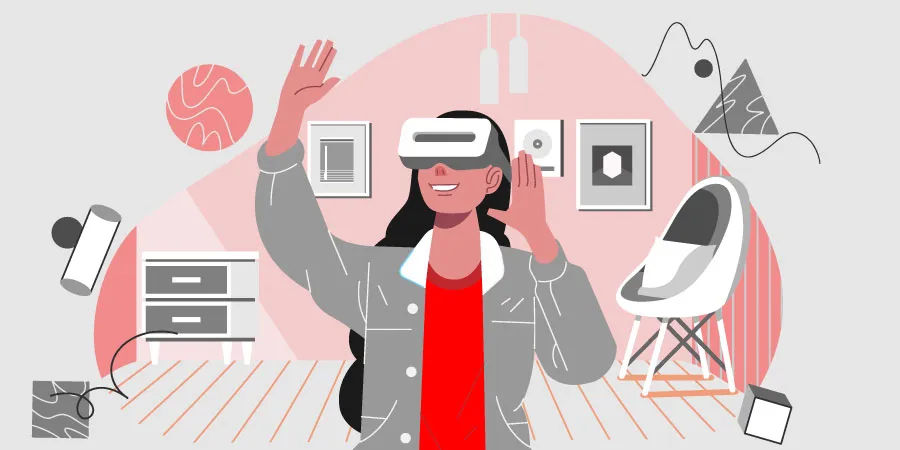
With the advent of AI and a growing inclination towards making experiences seamless, memorable, and exceptional, new developments in the sector would continue to be on the agenda for businesses. While the aggressive introduction of new solutions empowers designers to delve deeper and transform spaces in line with the changing perceptions, expectations, and desires of the new consumers, the intelligent integration of smart technology into interior design with a focus on seamless connectivity, automation, and user-friendly interfaces, is expected to the center-stage in the practice of design-thinking. As Artificial Intelligence happens to be the biggest disruption in the present times, redefining design with cutting-edge innovation as per the crucial insights and data would prove to be future-proof, better-performing, and highly responsive.
Increased integration of virtual reality (VR) and augmented reality (AR) in design processes, allowing for immersive experiences in architecture, interior design, and product design. As virtual and augmented reality technologies continue to advance, designers are exploring new ways to create immersive digital experiences. From interactive websites to virtual shopping environments, immersive design is redefining how users interact with digital content, blurring the lines between the physical and virtual worlds.
Ensuring Great Experiences

Designing for all senses, not just sight, to create immersive and multi-dimensional experiences that engage users on a deeper level happens to be among the biggest trends affecting the design industry. As modern businesses witness fast-changing consumer behaviors and habits, out-worldly places promising phenomenal and visceral experiences have become the prime imperative for the majority of businesses around the world. Be it a retail store or a luxury boutique, a super-store or an exclusive outlet, ensuring awe-inspiring experiences that make a mark on the conscience tends to be a new proposition for consumer and community-centric businesses worldwide. Expanding beyond mere functionality to sensorial, experimentation with mixed materials, aesthetics, and décor would be the ultimate key to creating visually dynamic and tactile experiences.
Adaptive and Inclusive Design
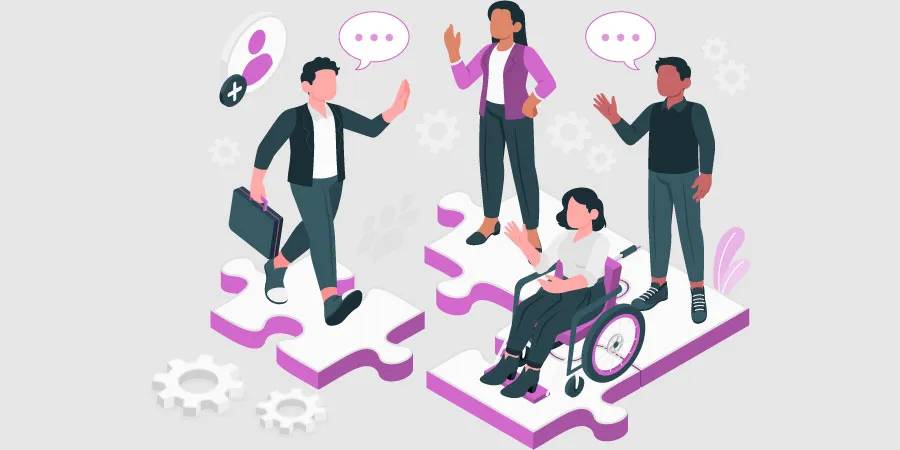
With a growing emphasis on diversity and inclusion, designers are embracing adaptive and inclusive retail space design principles to create products and experiences that cater to a wider range of users. From accessible user interfaces to inclusive branding strategies, design in 2024 is becoming more human-centered and empathetic, prioritizing the needs of diverse communities.
Understanding Biometric Design

As biometric technology becomes more integrated into our daily lives, designers are exploring new ways to incorporate biometric data into their creations. From personalized user interfaces that adapt to individual preferences to wearable devices that track biometric metrics, design in 2024 is increasingly focused on enhancing user experiences through the use of biometric technology.
Structure Revamp
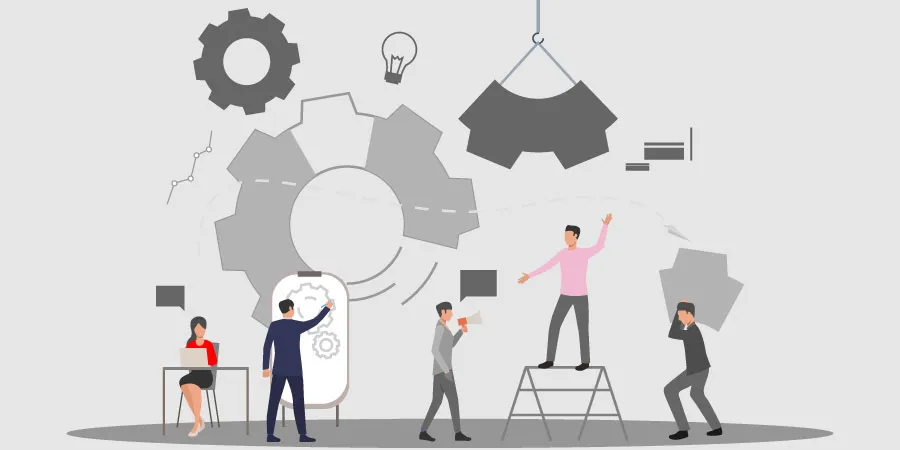
Having gained the attention of the building industry, the transformation of existing buildings into residential places has become the core focus of thoughtful designers. Driven by the approach to establish new housing options and cater to newly evolving needs in bustling cities around the world, the move to fuse new life with extraordinary change-overs from scratch in a responsible manner would be the one trend infiltrating design quite significantly.
Flexible Design
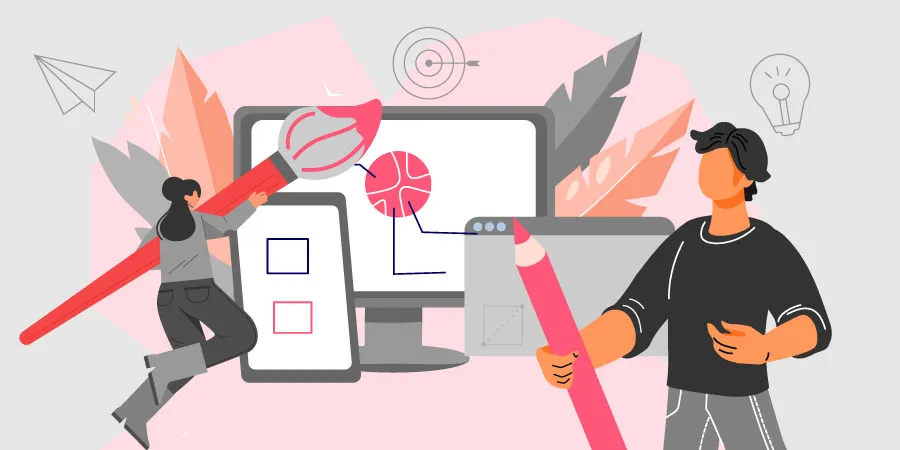
With the increasing popularity of remote work and flexible lifestyles, design that focuses on creating adaptable spaces that serve multiple functions, such as home offices that can easily transform into guest rooms or workout areas, would be a trend that promises comfort, well-being, and tremendous productivity. The concentration on crafting places that deliver incredible in-person experiences in line with the changing demands of the newly evolving workforce and worthy of occupation would happen to be the new approach for designers. In contrast to the rigid lines and geometric shapes of previous years, 2024 sees a rise in fluid and organic shapes in design. Inspired by nature and the human body, designers are embracing curvilinear forms, soft edges, and organic textures to create visually dynamic and emotionally engaging designs.
Going Minimalistic
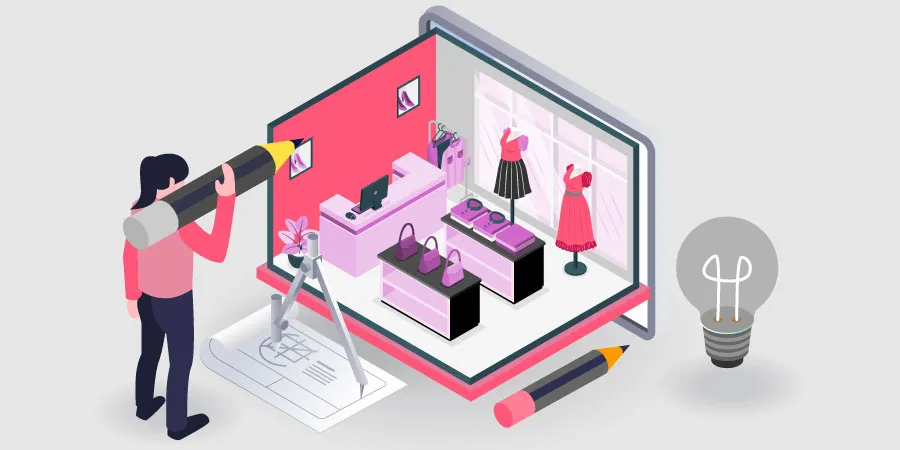
While minimalism has been a dominant design trend for years, 2024 sees a shift towards minimalism with a twist. Designers are adding unexpected elements, pops of color, and playful typography to minimalist layouts, creating visually striking compositions that capture attention without overwhelming the senses.
Building new ecosystems
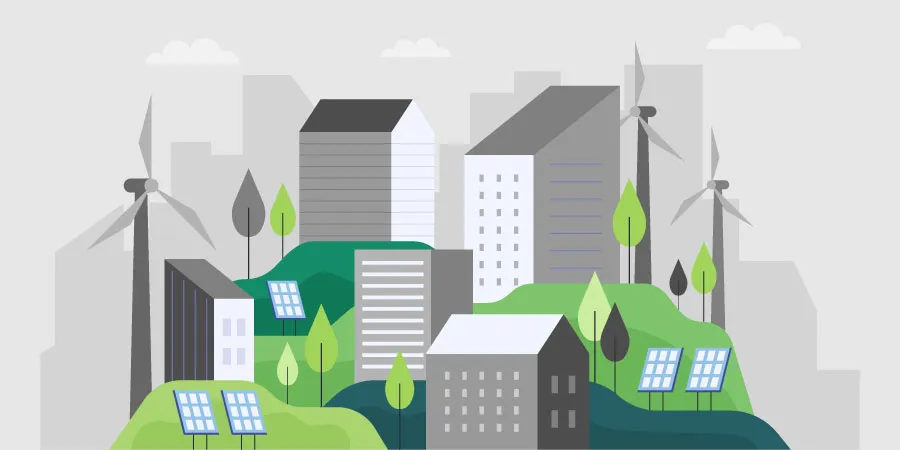
As the world moves towards embracing change for the betterment of the society and world, revolutionization through transformation of commercial downtowns into a dynamic ecosystem catering to new lifestyles has become a great approach in prioritizing safety and mobility and helping affected neighborhoods recover from the impact of the pandemic.
Thinking Nostalgic Design
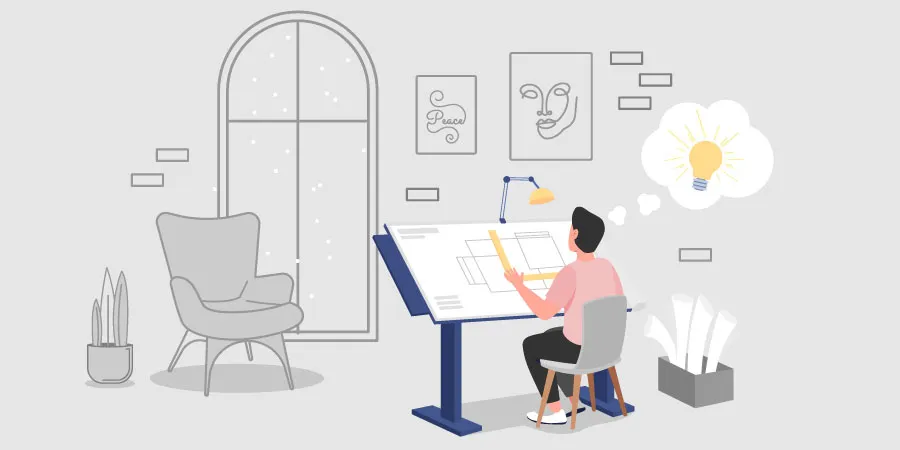
In an increasingly fast-paced world, many people are turning to nostalgic store layout design for comfort and familiarity. Design trends in 2024 are reflecting this nostalgia, with retro-inspired aesthetics making a comeback in everything from graphic design to interior decor. Vintage typography, retro color palettes, and nostalgic imagery are all part of this trend, evoking a sense of nostalgia while adding a modern twist.
The Final Say
The design trends shaping 2024 reflect a dynamic interplay between technology, culture, and human experience. From sustainability and inclusivity to immersive digital experiences and nostalgic aesthetics, designers are pushing the boundaries of creativity to create innovative and impactful designs that resonate with audiences around the world. As we move further into the future, it will be fascinating to see how these trends continue to evolve and influence the world of design.





